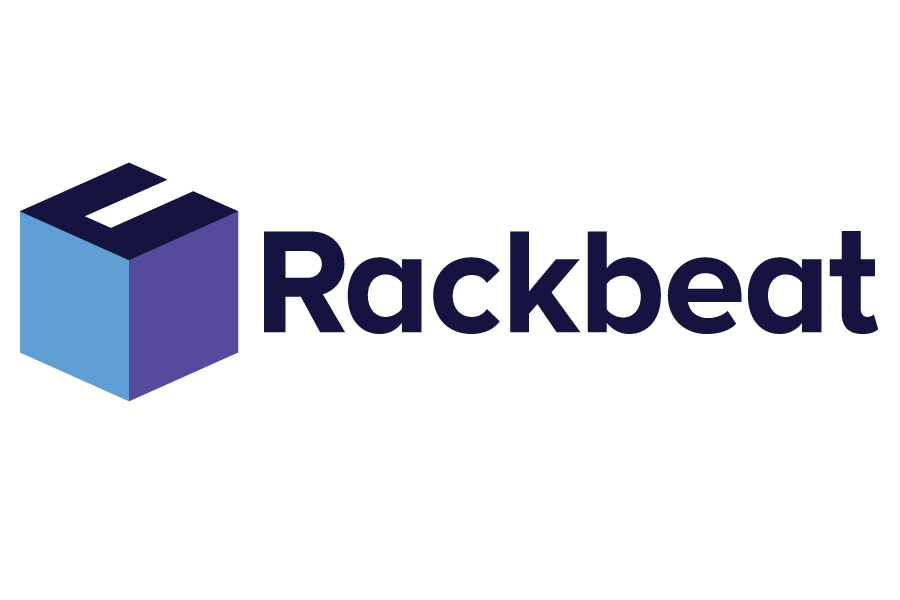Reverse Logistics
Reverse logistics covers the processes in which goods, materials, or products move back through the supply chain—from the customer to the manufacturer or retailer. This can include product returns, packaging reuse, or disposal of defective items. Unlike traditional logistics, where goods move from the producer to the customer, reverse logistics focuses on handling products after they have left the warehouse—often with sustainability, cost optimization, and customer satisfaction in mind.
Rackbeat March 7, 2025
Examples of Reverse Logistics
Reverse logistics is particularly relevant in e-commerce and manufacturing, where businesses frequently need to manage returns and material reuse. Here are some concrete examples:
- Product returns → A customer returns a product, and the company processes it by checking quality, restocking, or sending it for repairs.
- Recycling and reuse → Materials such as pallets, plastic packaging, or electronic waste are returned for reuse or recycling.
- Repair and refurbishment → Products are sent back for repairs or upgraded before being resold as refurbished goods.
- Product disposal → Defective or outdated products are either destroyed or recycled in an environmentally friendly manner.
Why Is Reverse Logistics Important?
Reverse logistics plays a crucial role in modern supply chain management for three key reasons:
- Cost savings – By optimizing returns and recycling processes, businesses can reduce waste and minimize expenses on new materials.
- Sustainability – An efficient reverse logistics strategy helps companies reduce their environmental footprint, such as by reusing packaging or cutting down on waste.
- Improved customer service – A fast and seamless return process enhances customer experience and loyalty.
Reverse Logistics and Inventory Management
When goods are returned or reused, a company’s inventory management must efficiently handle these movements. A digital inventory management system can help by:
- Tracking returned products and their status
- Differentiating between items that can be resold and those that need repairs or disposal
- Automatically updating inventory levels to prevent errors and overstocking
A well-structured inventory management solution ensures that reverse logistics does not create bottlenecks or inefficiencies in your supply chain.
Want to Learn More About Logistics and Inventory Management?
Reverse logistics is just one aspect of effective inventory management. If you want to stay updated on the latest trends and get practical tips on optimizing your warehouse operations, sign up for Rackbeat’s newsletter.
📩 Sign up now, and get expert insights delivered straight to your inbox! 🚀


